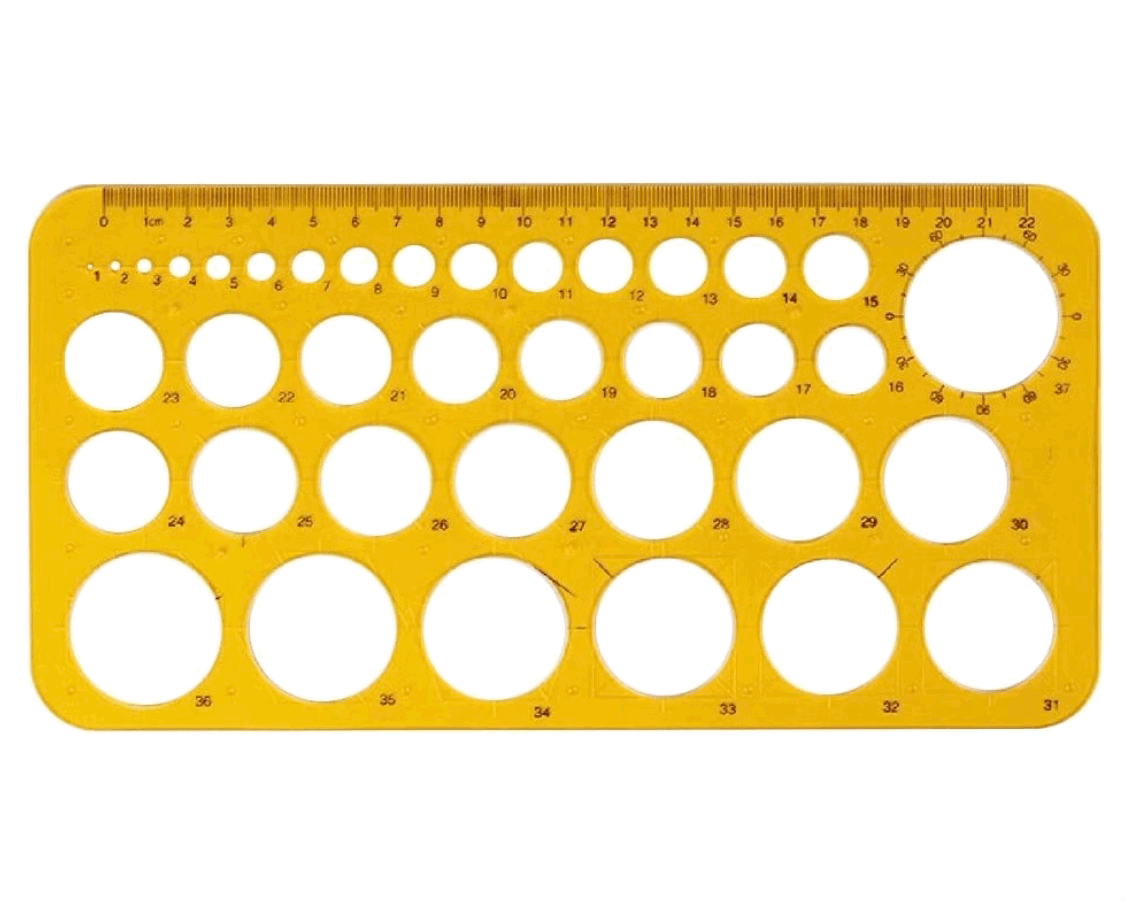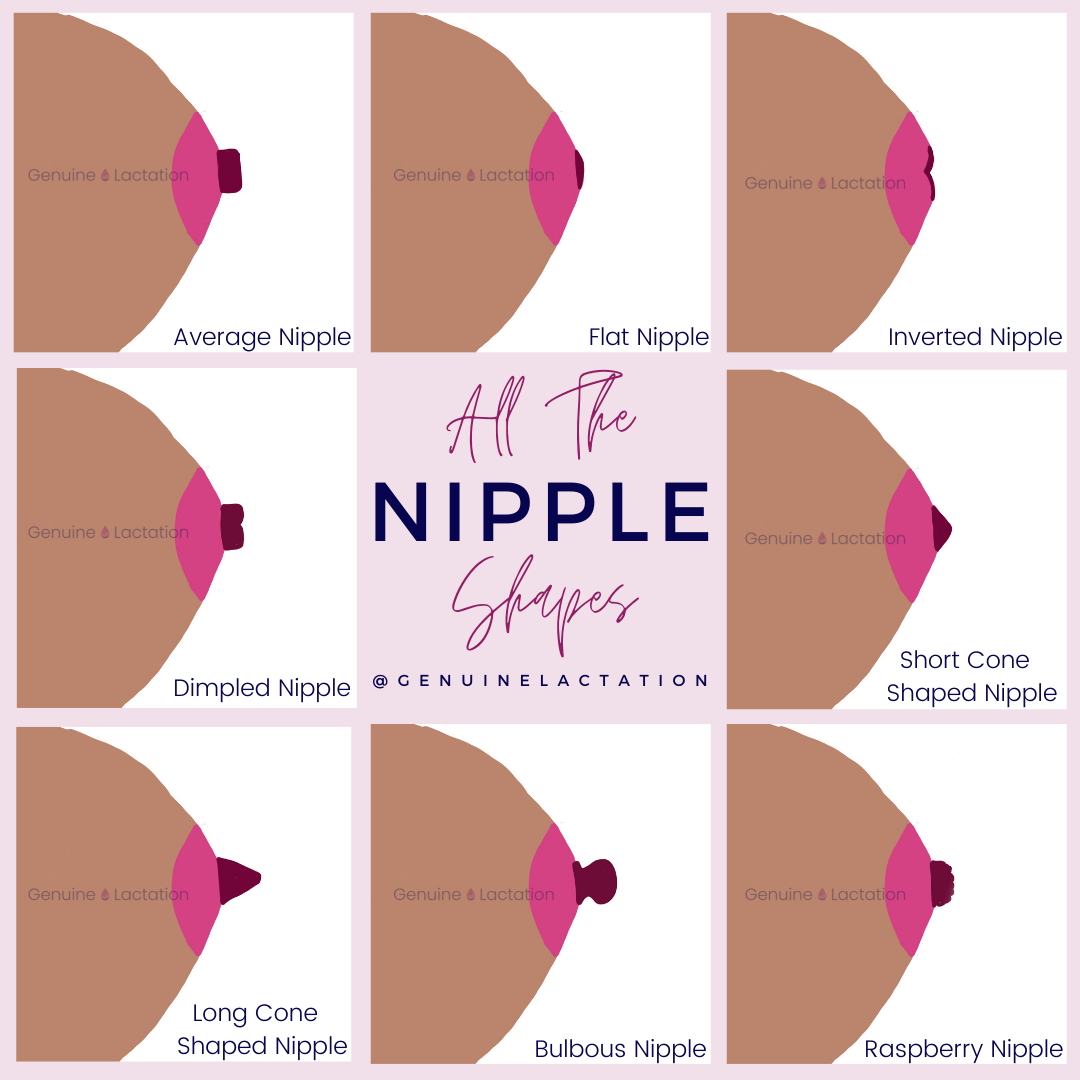7 Signs Your LC Doesn’t Understand Flange Sizing
Your lactation consultant didn’t measure your nipple to start with (What.The.Heck?).
Eyeballing and guesstimating may have been sufficient years ago when there were only a handful of brands on the market that all used fairly conventional sizing. This was compounded by only having a handful of flange options to choose from, so close enough was often all we had to work with.
Now, there are a lot of pump brands, flanges from 10 mm to 40 mm, and a handful of specialty style flanges. We need to measure the nipple to see what options exist for you. Not getting exact measurements means you don’t have all available options for all available pumps provided adequately, so you can’t make a fully informed decision for yourself.
They measure the nipple after pumping (that’s a no for me).
Nipples are stretchy, elastic, and erectile tissue.
For most people, they will swell with suction, so measuring after using an overly large flange for even a short period of time results in a poor fit.
They aren’t aware there are flanges smaller than 21 mm (do your research).
Given the large number of flange options that exist today, your LC should be aware of these products if they are going to lead clients to believe they are equipped to size them.
If they aren’t up to date on what’s out there, are you sure you want them sizing you?
They think Pumpin’ Pal is the obvious answer to any flange sizing challenges.
Pumpin’ Pals are great flanges for sure, but the most commonly needed sizes are silicone - which can be tricky to apply, don’t work well with wearable options, and don’t work well with hands-free bra setups for many people.
Pumpin’ Pals also help facilitate a fit without measuring so it makes eyeballing easier to do.
If this is the ONLY option they presented, question the expertise.
They change sizes based on your reported symptoms without measuring or visualizing (LAZY!).
ALWAYS CHECK BEFORE PUMPING!!!
They should not change sizes without visualizing the nipple in the flange without suction
They should not be visualizing the nipple moving AFTER swelling has started without assessing before as a baseline.
This is lazy sizing and almost always ends up with another set of incorrect flanges in your drawers that you can’t use.
They size up because the nipple touches the sides of the flange when pumping.
This is 100% okay if the flange was properly sized prior to starting pumping and isn’t causing pain.
If the nipple becomes irritated, we first try lubrication, not a larger size with higher risks of tissue trauma.
Their answers to your flange sizing questions sound exactly like the advice on the social media groups being called out as bad advice.
Social Media is a great tool, but it should not be used as your source of medical and lactation education and advice.
If you are concerned your flanges aren’t a good fit, here is what you can do:
Book a professional sizing consultation, and I will help you find a good size, and provide you with all of your sizing options.
Download these nipple rulers or buy these measuring devices:
https://amzn.to/3buSUiM
https://amzn.to/2SRoEb7
At Home Steps
Measure your nipple (Stimulated, but BEFORE PUMPING). Download the free L-Shaped Nipple Ruler™ and Wearable Breast Pump Ruler here if you need to print one out.
Identify your nipple shape (see graphic)
Try flanges in these ranges
Erect Round: Standard Flanges 2-4 mm, Willow 0-1 mm
Erect Oval: Standard Flanges 1-2 mm, Willow 0-1
Flat: Standard Flanges 2-4 mm, Willow 1-2 mm
Inverted: Standard 3-4 mm, Willow 2-3 mm
If those ranges aren’t working for you, then you need professional support to help you meet your goals! There may be something else going on or your unique breast anatomy may require something a little different.
Note: If your nipples are flat and inverted, we start bigger, then allow for sizing down as we assess how the tissue responds. Oftentimes, you end up needing a little smaller, but there is a risk of tissue damage if we go too small too soon.
For LC’s who are reading this and feel compelled to tell me how these practices have worked so well, THEY HAVEN’T. Either the parents just toughed it out, or they went elsewhere for support - typically to a social media group run by non-LCs where they got better sizing advice, but they were subjected to terrible advice about breastfeeding management. You also have to acknowledge the world of breast pumps and flanges has exploded in recent years, and we aren’t dealing with the same pumps or limited options. Pumping parents deserve great fitting flanges sized by their LC from day 1 with trouble shooting only necessary based on unique breast anatomy.



